The '˜Treasure' beneath our feet: a day in the life of a metal detectorist
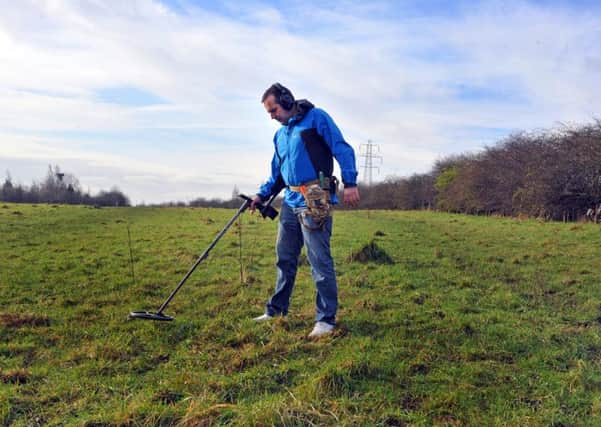

As I head out on the road to Halifax and on through Hebden Bridge and ultimately to a small town nearby, red brick houses are replaced by those of weatherworn stone, while the dreary drizzle of the city gives way to driving rain mixed with hail. We’re in hill country now, where buildings stand tall as cliffs and narrow winding roads snake through the gaps in between.
As I pass through Hebden Bridge, signs of the recent floods are everywhere to be seen - sandbags piled up in shop doorways; there’s general air of fatigue as men in fluorescent jackets battle the rain and busy themselves with roadworks.
Advertisement
Hide AdAdvertisement
Hide AdI’m meeting Rik Jones, who by day is head chef at Devonshire Hall, part of the University of Leeds, but in his spare time - and when circumstances allow - is an avid metal detectorist.
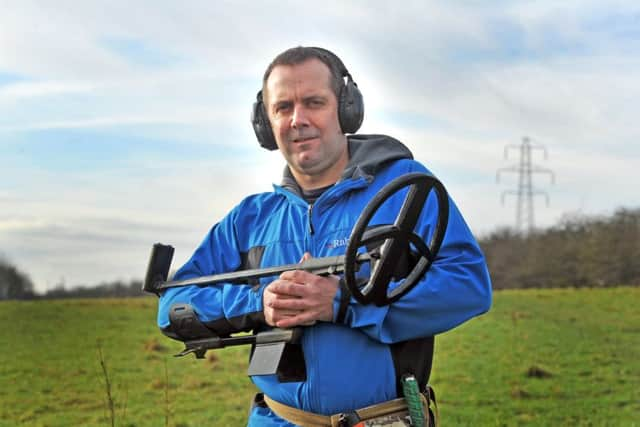

Contact Rik by email: [email protected]
It’s a hobby he’s indulged for the last eight years, after head porter Peter Wood and chef Mick Smith at Bodington Hall introduced him to it.
After a good hour’s worth of driving, I finally spot his car on one of the narrow country lanes which climb up our of the valley and head off into the stone-walled beauty that characterises this part of Yorkshire.
In case you’re wondering why I’ve been deliberately vague about the location, it was a condition stipulated by Rik before we agreed to meet.
Advertisement
Hide AdAdvertisement
Hide Ad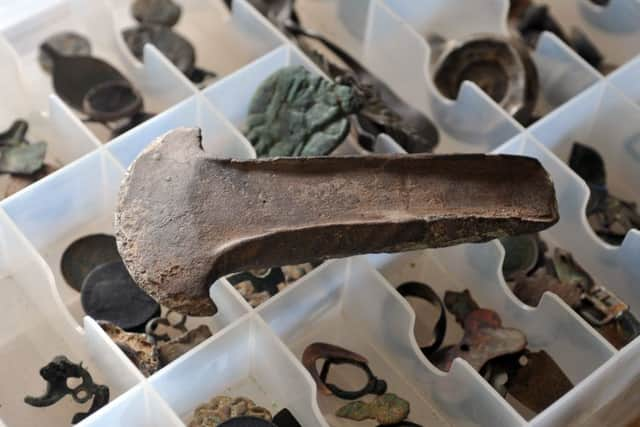

“It’s a bit of a funny thing,” he explains. “Finding places to go metal detecting can be difficult, especially new places like this, which probably hasn’t been surveyed before. So, when you find somewhere new, the last thing you want to do is to broadcast where it is as other people may want to come and the landowner probably is happy with just one party.
“The relationship between the modern day metal detectorist and landowners is a trust issue as they expect you to work in a tidy manner, close gates behind you and backfill holes.”
When we meet said landowner, having already been drenched by the rain in the 30 yard walk from car to house, he couldn’t be more accommodating. He’s enthusiastic about what Rik is doing and keen to see what lies beneath his land.
In the past, Rik has uncovered all manner of objects, including Roman coins, brooches, a Georgian Horse Saddle Mount, a medal from the First World War which he managed to return to it’s original owner’s grandson after an appeal ran in our sister paper, the Yorkshire Evening Post.
Advertisement
Hide AdAdvertisement
Hide Ad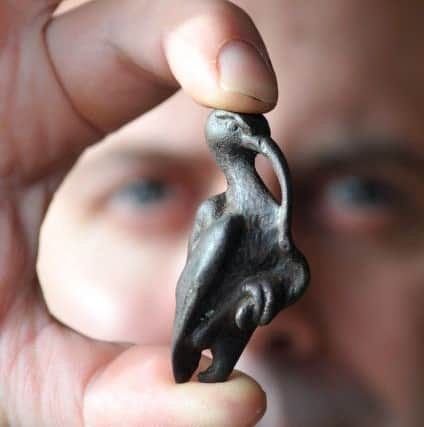

He’s even turned up what he believes is a tiny bronze sculpture of an ibis eating a snake, which he thinks dates from Roman times and a Bronze age axe head he says is 3,500 years old.
As we begin surveying the field, I’m keenly aware Rik is better prepared for the weather than I am. He’s wearing thermal ‘polar’ gloves and full waterproofs and besides carrying his metal detector, he’s also got a flat-topped spade for single-handed digging, a specialist knife for prizing illusive metal objects from the cloying earth, a pinpoint probe for finding the object in the hole and a finds bag, in which he deposits whatever turns up. As he begins to scan the ground, moving in methodically across the sloping field and sweeping the metal detector left and right, he suddenly stops and adjusts his headphones, which relay the signals produced whenever something metal is nearby.
He begins to dig, pulling out a rough square-sided sod, before kneeling to slice it in half and waving it over the top of the detector. He halves it again and again until he gets down to something the size of his fist.
“It’s in here,” he says, looking up and breaking the tiny ball of earth apart, only to reveal... an old fashioned ring-pull from a can of pop.
Advertisement
Hide AdAdvertisement
Hide Ad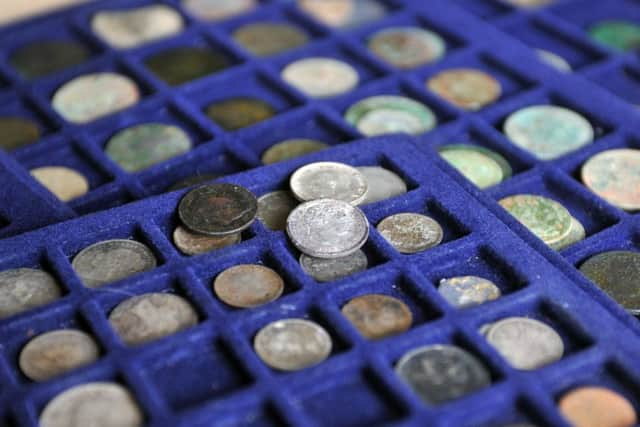

“Ah,” he says, smiling. “I get a lot of this, but I’ll still take it with me because if I ever come back here, I don’t want to have to find it again.”
So, he puts it in his finds bag and we carry on and as we do, the rain relents and the sun comes out and before long, Rik stops again and this time it’s something more interesting: a penny with the date still visible as 1715.
“For me, it’s not about finding something of monetary value,” says the chef. “I just enjoy it, I enjoy being outside in the fresh air, the exercise, the places you find yourself in. I used to do a lot of fishing with my dad when I was younger and it reminds me of that a little. When you find something that’s been in the ground for many years, for me it’s the story that’s behind it. At some point in the past, these objects were owned and used by people and it’s how they came to be where they are that interests me.”
Over the years, Rik says detectorists learn to tell what kind of metal is in the ground before they even dig it up.
Advertisement
Hide AdAdvertisement
Hide Ad“If it’s iron, it will give a grunt, if it’s something else, you’ll get a more defined, cleaner sound.”
The main piece of legislation covering finds from metal detecting is the 1996 Treasure Act, which replaced other pieces of legislation and common law and which, in essence, offers an equitable 50/50 split between the finder and the landowner for most finds not deemed treasure.